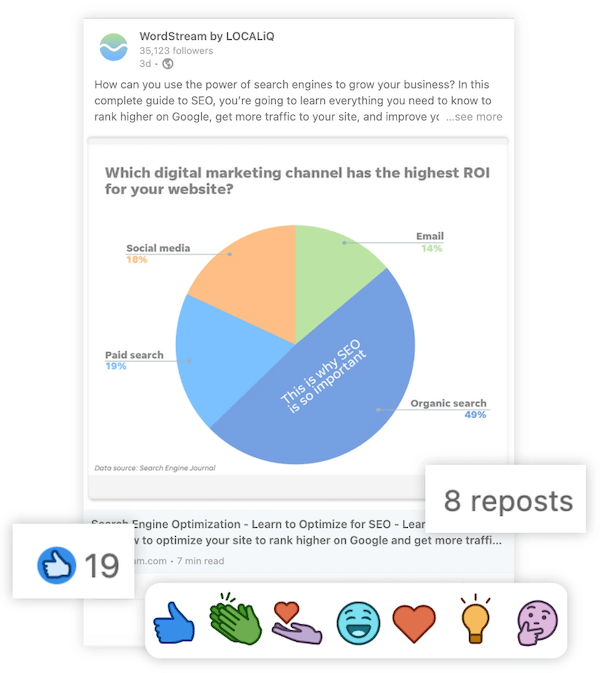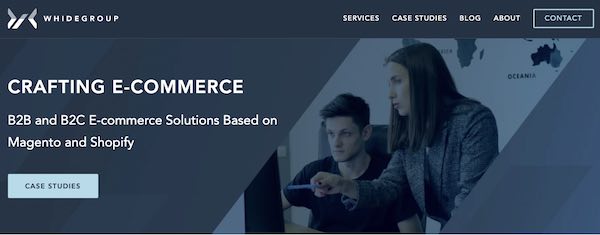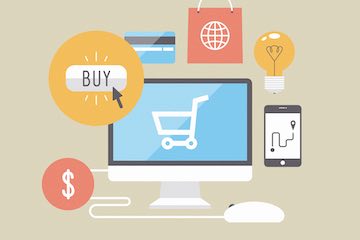From our experience with various markets, live video sales is a tool that is ROI-effective from the first day. But it also has a much more meaningful impact on brand-consumer relations. In the digitized world the distinctive point of many retail brands, a unique customer experience, is replaced by a unified and “uberized” ecommerce experience.
What we see now is ecommerce companies (and all retailers in general) relying more and more on big data analytics, using new technologies just for the sake of it. They are losing their identity, and customer experience on every ecommerce platform is getting unified more and more.
Eyezon launched its key product (live video sales) in 2019, after several years of R&D. We believe that our solution is more than just a technical feature for ecommerce; we help brands build holistic relationships with their customers. We build organic communication between people that starts with a real customer need, and our ultimate goal is to enhance brand trust and loyalty, not just to sell more products. We now work with more than 30 retailers with more than billion revenue.
Tell us about eyezon, and more about your role as COO…
The logistics is very simple too: as we see from our experience, to test the solution you don’t even need dedicated staff to work as product streamers. What most of our clients do during the testing period is they integrate the ‘See Live’ button into several product pages and choose two or three streamers among their sales staff, to then compare the conversion rates with a standard ecommerce customer experience. We provide our clients with special support during this period to make sure that live video sales integrate perfectly with every other sales channel. And after that you can easily scale this up with more SKUs and user scenarios [such as] connecting live video to your after-sales service. Some of our clients managed to launch the test in two weeks during the lockdown period.
The Future of Ecommerce
How can live-streaming reinvent the retail experience? Is it purely an on-demand sales driver or are there wider benefits?
The obvious difference is in the user scenario: it’s simply more convenient to be able to use both text and voice communication along with video streaming, rather than just plain text. Second, chat tools are often an AI solution, meaning that customers are actually talking to a chat bot, rather than a real person. And even if AI technology has transformed and improved itself a lot over the last years, most of us still prefer to interact with people, not robots.
At eyezon we build our product around on-demand communication. Live video streaming for us is not a tool for “in-your-face” sales. It’s a tool that helps retailers understand their audience better, to get deeper insights into their behaviour and preferences. Interaction with the eyezon button always starts on demand, and we don’t require the consumer to share personal data, or to make a purchase. And that is a foundation for trust: when consumers feel that their real needs are important, not just their “life-time value”.
How different is the impact of live-streaming (in terms of conversions, loyalty etc) in comparison to text-based communication such as live chat tools?
I recently attended a marketing conference where I had a chance to see a session from a psychologist, who made an analogy: when you’re having a first date with someone, you probably won’t like it if that person would start bragging about his/her achievements from the first moment, as if it was a sales pitch. And yet this is how most brands start their communication with a new customer. Brands are fighting for consumer attention, using AI and big data to figure out the best ways to grab this attention, and sometimes this feels like an intervention to personal space.
In my role, I mostly work along with Dragorad Knezi, eyezon CEO and co-founder, and other co-founders, overseeing day-to-day administrative operations, different functions of the business, and the most valuable projects. I help transform our company vision into reality, bringing to life sustainable human interaction in this new digital world.
What do retailers (and store employees) need in order to implement eyezon?
What we predict, and what we see and hear everywhere already, is brands will go back to finding their unique voice. Because after all, that is the only thing that can help you survive as an independent retailer in a marketplace world.
Our key product is a very simple solution that can be integrated into an ecommerce platform as an embedded code. It looks like a button with a ‘See Live’ call to action.
Maria Tikhonova is the COO and co-founder of eyezon – a video shopping sandbox that connects ecommerce shoppers with retailers through live streaming.
Of course, later they started to use dedicated live video streaming zones with special lighting and backgrounds (located at the stores or at warehouses), but at the moment when we all, the whole world, were stuck at home for the first time in our lives it was so important to keep this live connection to real people. Even if the video streams were not perfectly staged, it was compensated by the feeling of human connection that we all were missing.
How do you build long-term customer loyalty in ecommerce today?
One of my favourite examples is a fashion brand from Russia, 12 Storeez. When all of their stores were closed as non-essential retail, they launched live video shopping on their website and built compact demo zones right at their sales consultants’ homes. The same happened with DeLonghi, home appliances producer. They distributed their products among several sales consultants who were streaming live from their own kitchens.
Live video in general, and eyezon in particular, is a human-centric solution. We connect two people: a customer and a brand representative, and it’s not a generic scripted communication. It’s a seamless on-demand experience, instead of a disruptive pop-up.
What do you predict for the future of ecommerce?
I recently caught up with Maria to find out more about eyezon, the benefits of live-streaming for ecommerce retailers, and the key to capturing customer loyalty.
The retailer or manufacturer brand becomes a commodity, losing personal connection with its own customer. But when we bring back this human interaction with brand representatives, it’s not only changing the ecommerce customer journey, it provides a more emotional, intimate experience leading to brand empowerment.






